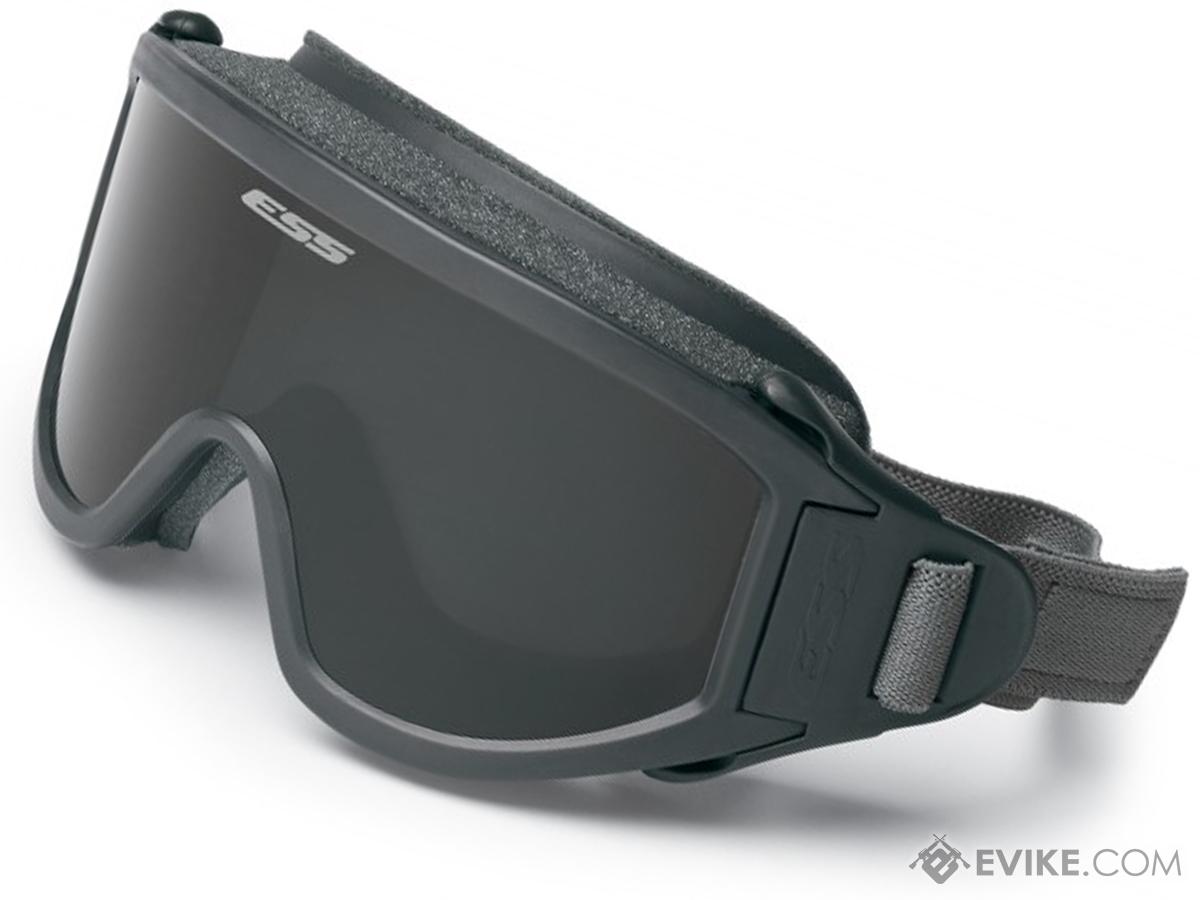

"You go into a simulator and don't match exactly the same as they do in the real world," he said. Small lags between simulator visuals and motion remain a problem today, Serrador said.

But sickness still occurs, according to the Army report, because the computer visualization and the simulator motion might not line up completely. One 1989 study found that as many as 40 percent of military pilots experienced some sickness during simulator training - an alarming number, according to the Army report, because military pilots are probably less likely than the general population to have problems with "motion" sickness.īecause of simulator sickness, early simulator developers started to add motion to their models, creating plane simulators that actually pitched, rolled and moved up and down a bit. Army Research Institute report on the topic. It was first reported in 1957 in a helicopter-training simulator, according to a 1995 U.S. Unlike seasickness or car sickness, virtual-reality sickness doesn't require motion at all. A virtual-reality environment hammers a wedge between these systems. This system typically works in tandem with the visual system and with the proprioceptive system, integrating sight and sensations from the muscles and joints to tell the brain where the body is in space. Next door, a chamber called the saccule uses a similar setup to detect vertical acceleration. When the head moves, so too do the otoliths, sending the brain signals about horizontal movement. Because each canal is situated differently, each sends information on a different type of motion to the brain: up/down, side to side and degree of tilt.Ĭonnected to the semicircular canals is the utricle, a sac containing fluid and tiny calcium carbonate particles called otoliths. As the head moves, so too does the fluid in the canals, which in turn stimulates the hair cells. This system includes three semicircular canals, all lined with hair cells, so named for their hair-like projections into the liquid-filled channels.
Eyes deck motion sickness glasses series#
So I pass.The problem starts in the vestibular system, a series of fluid-filled canals and chambers in the inner ear. Little sidenote to end this review: I'm only talking about natural remedies for motion sickness! I know that there are patches with medication that are known to be super effective but these can get you addicted for example. Not entirely ready to put it to the test yet, though… If someone could try them and give me news? Thanks!įact is, after having tried the most common 'best tricks for seasickness', this is the first thing where I’m actually confident that it might even work on a sailing-cruise. It comes at a price, though: I paid 99 € for a pair…īut maybe once they get more popular, they will be produced in masses and the prices will go down.Īlso, I found a cheap version on Amazon but I don't know if it works the exact same way.

So yes, to me, so far, this is THE best method to get over those heavy nauseas when boarding.

Usually, once it’s there, it doesn’t go away until I reach solid land! But here it did! I waited for 15 minutes and YES, the nausea disappeared!! I jumped out of the car and on deck and put on the glasses. Because we were moving backwards, I got nauseous pretty quickly (can’t do that in trains either: riding backwards). On the previous ferry, the one getting we took in order to see the Santorini sunsets, we were waiting to park our car while already on the ferry.Īnd the ferry had already departed. I guess this means that it really does something! But this was 2 hours ago and I still feel super fine! I did wear them for the recommended 15 minutes before unpacking my computer. It has been either very big car-ferries where you generally feel a lot less motion or smaller speed-ferries.īut like I told you in the introduction: I am actually typing this article on my computer. Okay the only problem here is: I have only tested them on bigger boats so far. And I took beautiful pictures of whale tails – magic moment!īut the worst part wasn’t even the throwing up on the boat, no. Meanwhile, we did see loads of sperm whales and I managed to keep watching them even though my stomach was playing Rumba. Half an hour in to the tour and three quarters of the boat were either hanging over the railing or barfing in the paper bags they kindly distributed. But up and down and sideways – ohhh those sideway movements…Īnyway, I was far from being the only one starting to turn green. So we boarded the boat and as soon as we left the port, the waves started crashing in! We’re talking waves of several meters high, rocking the boat up and down, over and sideways. The day we booked the tour to watch the sperm whales off the coast of Kaikoura in New-Zealand, the weather was incredibly bad.Īt some point, the organisers weren’t even sure if they should let us head out into the open sea because it was so stormy. Where my fear of getting seasick stems from


 0 kommentar(er)
0 kommentar(er)
